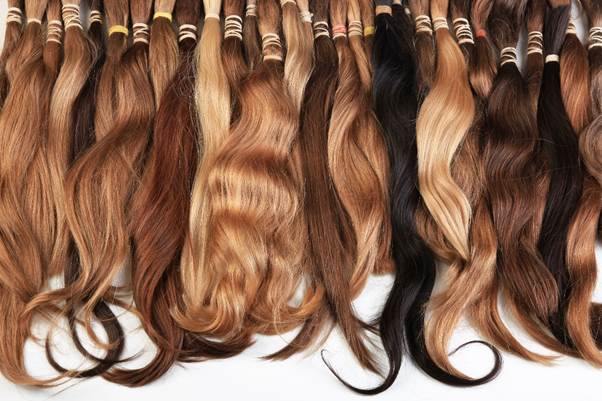Plastic Free Beauty Day – Hair Expert Reveals 4 Ways To Clean Up Your Haircare Routine

It’s no secret that humans’ failure to recycle plastic correctly is destroying our oceans and killing our sealife – with a report revealing that the global beauty industry alone produces 120 billion units of plastic waste each year.
But what can consumers do to ensure their personal commitment to beauty products isn’t harming the environment?
Ahead of Plastic Free Beauty Day (June 17th), Alice Dawkins of leading hair extensions brand Milk + Blush shares tips for anyone looking to clean up their haircare routine.
#1 Support eco-conscious brands
Before committing to a brand, do a bit of research into its sustainable practices and ethical sourcing.
Focus on supporting a brand that’s sustainable throughout the product lifecycle – sourcing, manufacturing, packaging, selling and recycling with the littlest impact possible. A sustainable brand should be transparent about all these processes, with published policies on its website and social media.
There are some logos you can look out for, too – e.g. the leaping bunny logo that certifies that a product hasn’t been tested on animals or the Fairtrade or rainforest alliance logo showing its ingredients were ethically sourced.
By doing this, you won’t just be protecting the environment but also local communities and supporting businesses that share the same values as you.
#2 Reduce packaging waste
Opt for products packaged in minimal, eco-friendly packaging made from recyclable materials, such as glass, paper or biodegradable alternatives.
To tackle the issue further, consider purchasing bigger versions of your favourite hair products that will last longer without impacting the environment.
#3 Reuse or refill
Buy refillable versions of beloved hair products. While the initial cost might be higher, many luxury brands now sell beauty items in high-quality statement containers, which are aesthetically pleasing and great to keep.
When emptied, the product can be refilled by brands in-store or refillable pouches packed in recyclable materials can be purchased online and sent to you directly.
And if there’s something you can’t get a refill for, consider how you can reuse its packaging to give it a second life, like using a glass jar for DIY products or as a storage container.
#4 Dispose of products responsibly
When products come to the end of use, it’s essential to dispose of them properly.
Check your local council’s recycling guidelines for advice on recycling different types of packaging, such as the best bin to put it in or the location to bring it to.
Alternatively, look at the brand’s website to see if they have published any further information on correctly disposing products or if they have a recycling programme that allows you to return empty containers to be reused or disposed of correctly.






